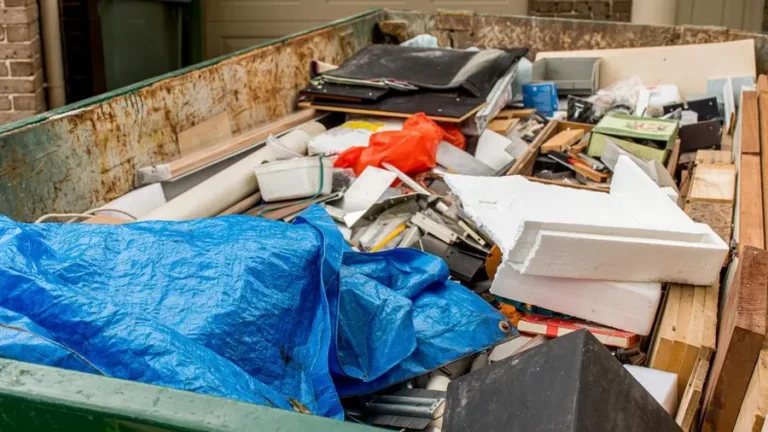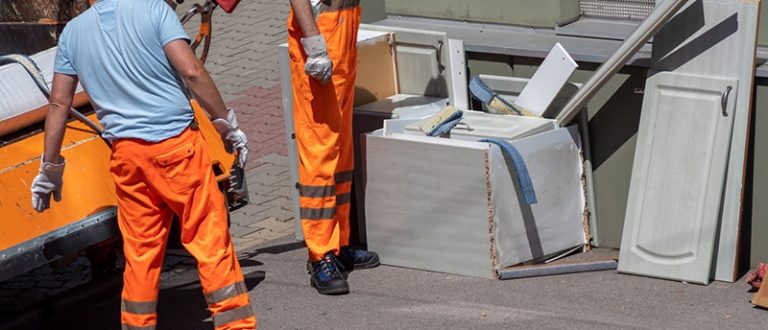Damp Surveyors are professionals who have the responsibility of inspecting properties to determine the presence of damp. To check for damp, these surveyors will use an infrared thermometer to measure the moisture in a wall or floor as well as use a hygrometer to measure the relative humidity. You can visit here https://advanceddamp.co.uk/blog/how-do-damp-surveyors-check-for-damp/ to read more.
The surveyor will then examine any visible signs of rising damp, such tears on plaster or fungi growth on walls and windowsills. They will also measure the height of the damp. The surveyors use all the instruments in their arsenal to check for dampness in a property.
Inspecting the basement and crawlspace

The first step is to perform simple inspection of the floor structure, which includes looking for circular stains on concrete surfaces and checking that there are no cracks in concrete blocks, which could indicate water seeping up from underneath. Check for any signs of moisture damage or peeling wallpaper or plaster.
Dampness is also checked in the walls. This is done by touching the wall and noting any damp patches and/or wall cracks. The material of the wall, such as block or brick faces can be tested using a hygrometer to see if it has a high relative humidity or if it needs repainting.
Damp Surveyors use an electronic moisture meter to measure the moisture in the walls and floors. A ceiling height is then selected, and by holding a moisture meter pointed at a 45· angle, it will show the relative humidity of a certain space. Another technique used to check for dampness is to heat up water in a kettle and then spray it on the walls and/or floors. If there is any sign that the water has crept up these surfaces then there could be a presence of rising damp inside these areas.
The surveyor will also look for signs of water seepage in the basement or any crawl space beneath the property. What is important to note is that there must be some form of sound, meaning that penetrating noise is heard when a surveyor walks on the concrete floor. If there are no signs of water seepage, then further damp surveys will need to be carried out.













